Ernst Chaplet French, 1835-1909
Blood Red "Hu" Vase,
c. 1887
c. 1887
11.5h x 7.5w inches
Porcelain
Further images
-
(View a larger image of thumbnail 1
)
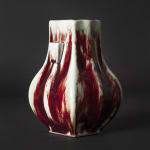
-
(View a larger image of thumbnail 2
)
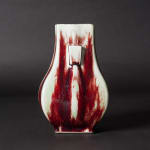
-
(View a larger image of thumbnail 3
)
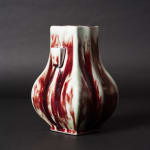
-
(View a larger image of thumbnail 4
)
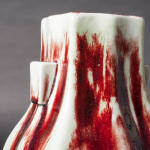
-
(View a larger image of thumbnail 5
)
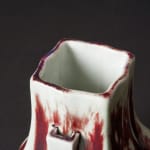
-
(View a larger image of thumbnail 6
)
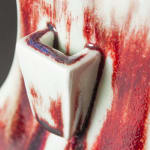
-
(View a larger image of thumbnail 7
)
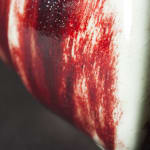
-
(View a larger image of thumbnail 8
)
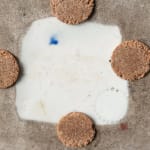
Coming from an artist who guarded his notebooks like trade secrets and purportedly destroyed them before his death in 1907, owning a vase from Chaplet’s experimental period is like possessing...
Coming from an artist who guarded his notebooks like trade secrets and purportedly destroyed them before his death in 1907, owning a vase from Chaplet’s experimental period is like possessing a page from one of those coveted, top secret notebooks. Aiming to discover the secret to replicating Chinese high-fired red copper oxide glazes, Chaplet’s experiments began in 1884. He developed a spectrum of red flambe glazes ranging in tone from the somber to bright. Using a traditional Chinese Hu wine vessel as his form, Chaplet reveals the full spectrum of his discoveries in the color-saturated tones of dusky poumon-de-cheval red, and the flat foie-de-mulet red with a feathery hint of what he would come to be feted for, the vibrant sang-de-boeuf.
1
of
3







